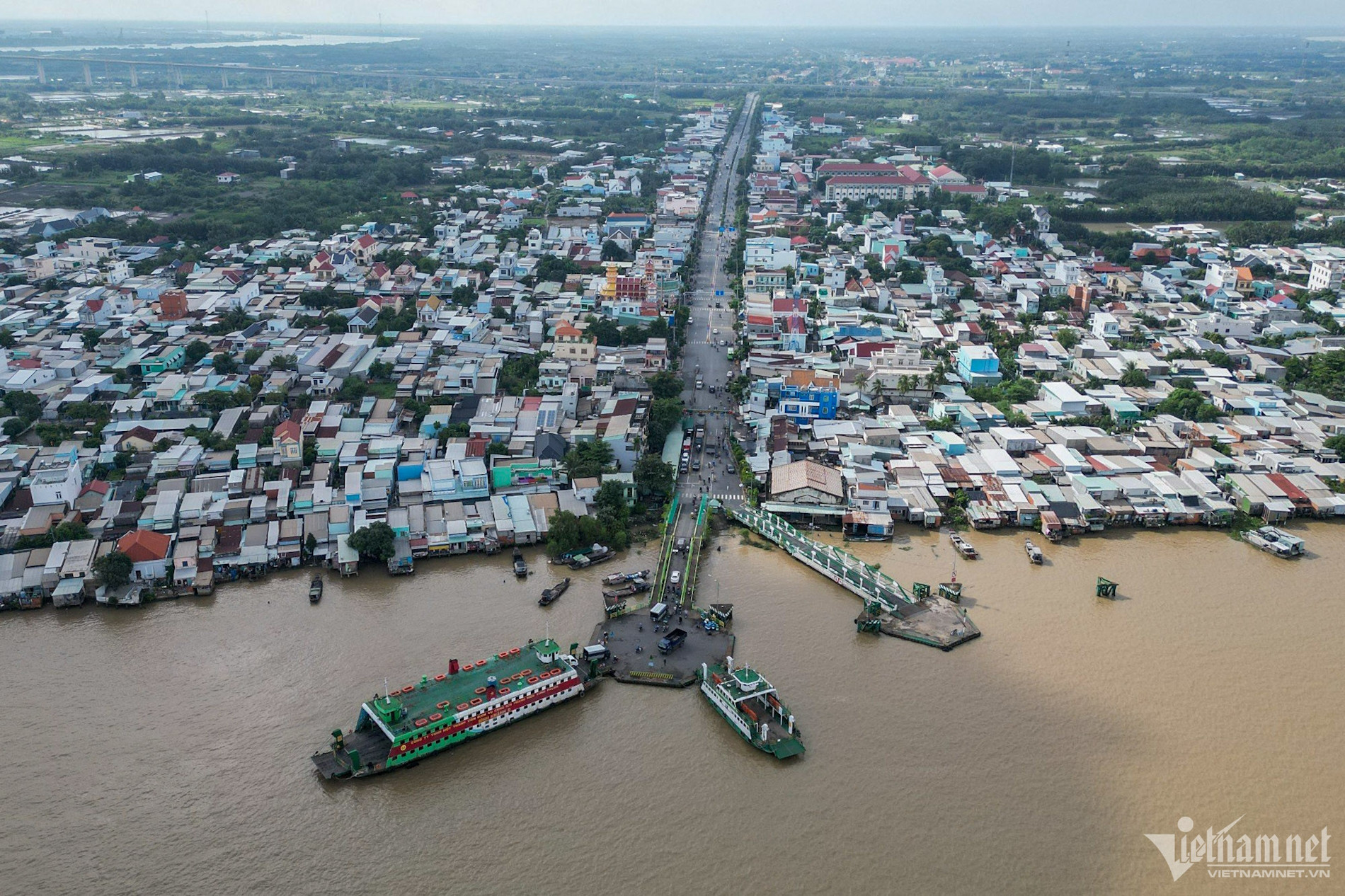
The Department of Transport has recommended that the Ho Chi Minh City People's Committee assign the Department of Finance to guide Vingroup in project proposal procedures and the preparation of a pre-feasibility study, as this metro line will be implemented under a public-private partnership (PPP) model.
According to the proposal by Vingroup, the 48.5-kilometer elevated metro line would include two stations (Tan Phu and Can Gio) and two depots, expected to be located on a 39-hectare plot in Can Gio and a 20-hectare plot in District 7.
The route would start along Nguyen Van Linh Street (between the intersections with Nguyen Thi Thap and Ly Phuc Man streets), following the median strip of Nguyen Van Linh.
At the intersection with Nguyen Luong Bang Street, the line would turn left and continue along Nguyen Luong Bang, 15B, and D1 streets, crossing Rach Dia into the Hong Linh resettlement area in Nha Be District.
The metro would then continue along Street No. 11 of the Van Phat Hung resettlement area before crossing the Soai Rap River, running parallel to the Ben Luc - Long Thanh Expressway. Upon reaching Rung Sac, the route would turn right and follow Rung Sac Road to its endpoint at the Can Gio Reclaimed Urban Area project.
The line is planned as a double-track railway with a 1,435mm gauge, featuring trains capable of reaching speeds up to 250km/h - more than twice the maximum speed of the Ben Thanh - Suoi Tien Metro Line (110km/h).
Preliminary studies estimate the project’s total investment at approximately 102.37 trillion VND ($4.09 billion), to be executed under a PPP model using a BOO (build - own - operate) contract. The investor will utilize its own capital and mobilize additional funding sources as regulated.
Can Gio District is located in the southeast of Ho Chi Minh City, about 50 kilometers from the city center, and is the only district with a coastal border.
Can Gio is envisioned as a satellite city, developing under the concept of "a city within a forest, and a forest within a city."
Currently, travel between downtown Ho Chi Minh City and Can Gio requires crossing the Binh Khanh Ferry.
Tuan Kiet